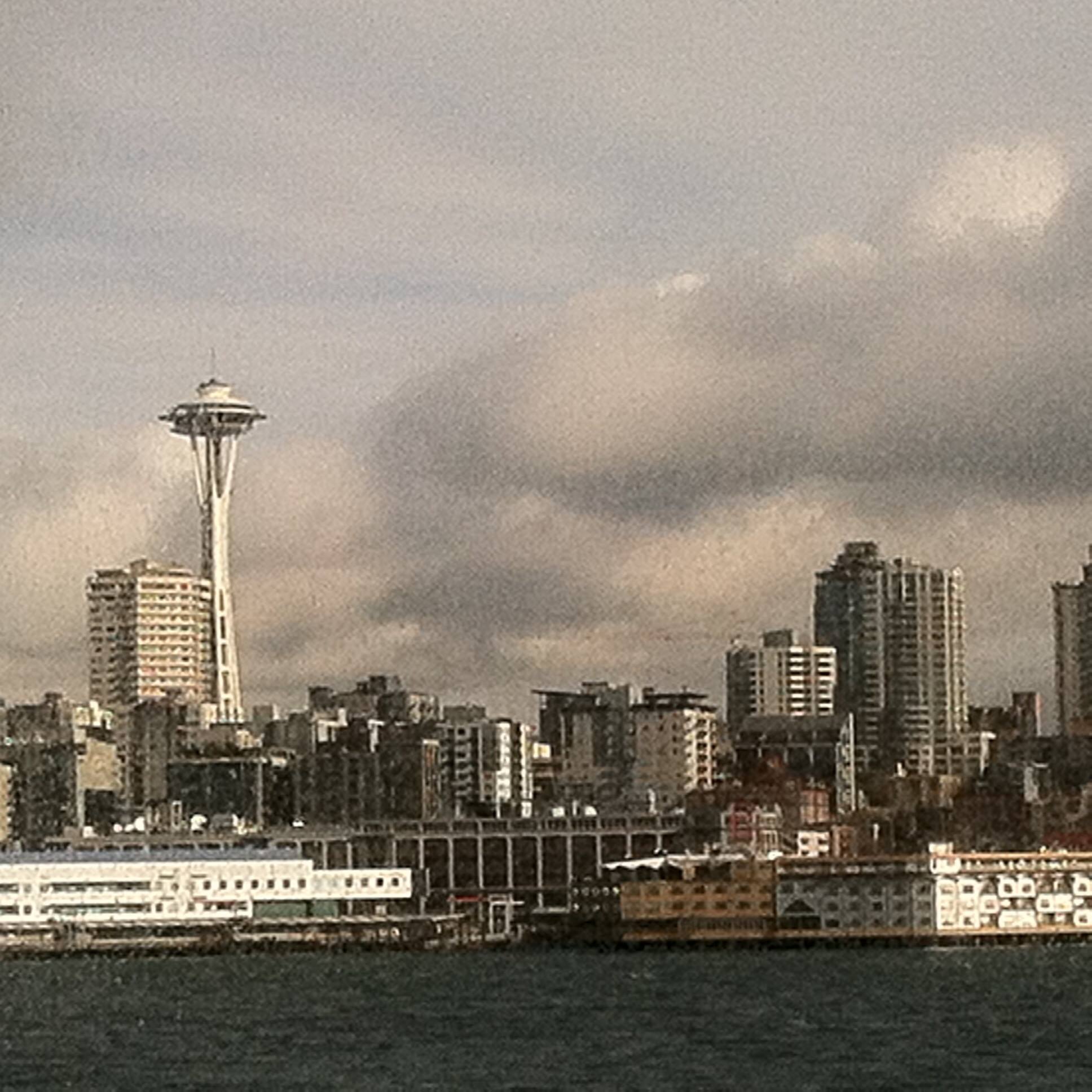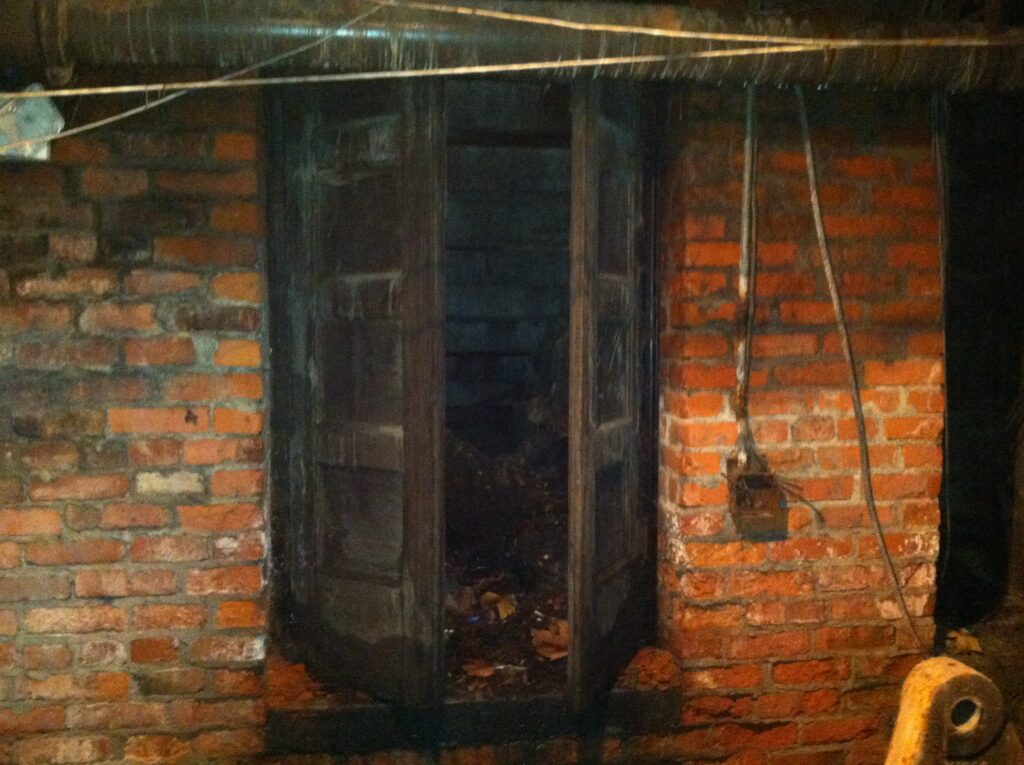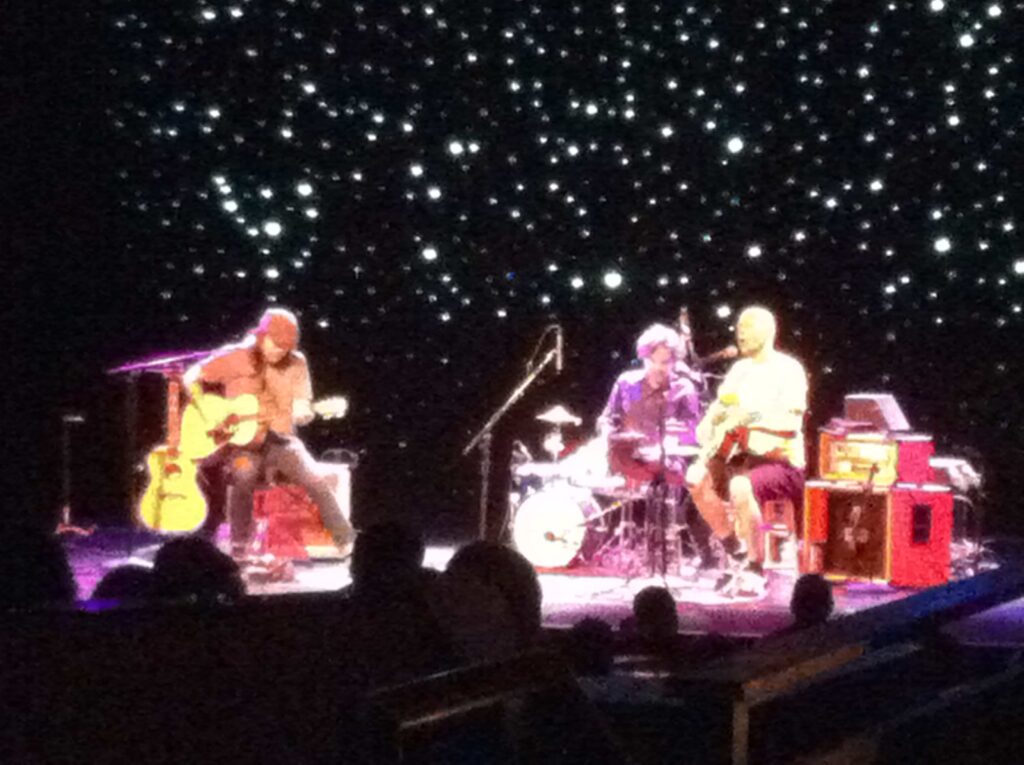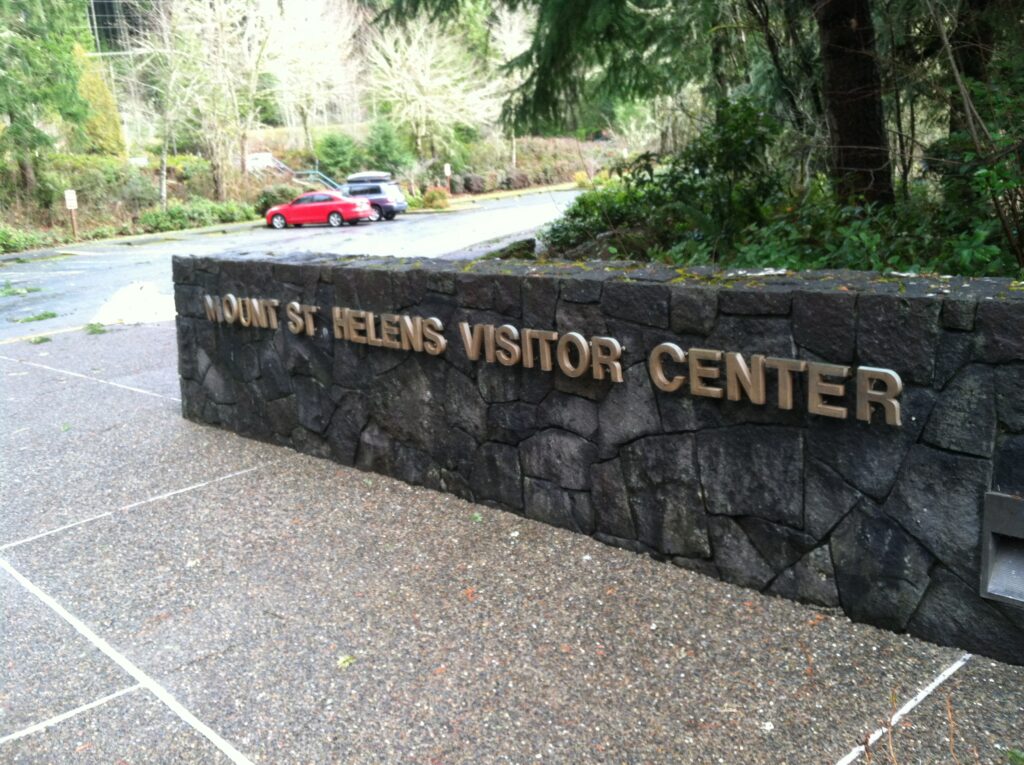Including Seattle, Mount Rainier National Park & Olympic National Park
Washington State, located in the Pacific Northwest region of the United States, offers a diverse range of attractions, natural wonders, and cultural experiences.
Washington State’s history is rich and diverse, shaped by its Native American heritage, explorers, settlers, and significant economic and cultural developments. Originally inhabited by numerous Native American tribes, including the Coast Salish, Chinook, and Nez Perce, the region saw European exploration begin with Spanish and British expeditions in the 18th century. The Lewis and Clark Expedition, which traversed the state in the early 19th century, marked a pivotal moment in exploration and the opening of the Oregon Trail for settlers. The area became part of the Oregon Territory in 1848 and later the Washington Territory in 1853, leading to rapid settlement fueled by the gold rush, timber industry, and development of railroads. The state’s economy diversified with agriculture, especially apples, and the growth of cities like Seattle due to shipping and trade. Washington gained statehood in 1889 and continued to grow as a center of industry, innovation (including aerospace and technology), and cultural diversity. Today, Washington State remains a dynamic blend of natural beauty, thriving urban centers, and a testament to its rich historical tapestry.
Washington State can be broadly divided into five main regions:
- Puget Sound: This region encompasses the western part of Washington, including Seattle and its metropolitan area. It is characterized by its deep, fjord-like bays and harbors, including Puget Sound itself. This region is known for its vibrant cultural scene, technology industry, and outdoor recreation opportunities.
- Cascade Range: Running north-south through the middle of the state, the Cascade Range is home to some of Washington’s most iconic natural landmarks, including Mount Rainier, Mount Baker, and the North Cascades National Park. This region offers unparalleled hiking, skiing, and outdoor activities.
- Columbia Plateau: Covering much of eastern Washington, the Columbia Plateau is a dry, agricultural region known for its rolling hills, fertile valleys, and the Columbia River. Cities like Spokane and Walla Walla are located in this area, known for their wine production and historical significance.
- North Cascades: The North Cascades region is the northern part of the Cascade Range, extending into the border with Canada. It is characterized by its rugged mountains, alpine lakes, and extensive wilderness areas. This region is popular for outdoor activities such as hiking, camping, and fishing.
- Olympic Peninsula: Located in the northwest corner of Washington, the Olympic Peninsula is home to the Olympic Mountains and Olympic National Park. It features diverse ecosystems, from temperate rainforests to alpine meadows and rugged coastline. The city of Port Angeles serves as a gateway to this scenic region.
The Same
As usual, the Dinks hit the major city while the Family stuck to the National Parks and the commonality between the two was food.
Local Cuisine
Washington State is renowned for its diverse culinary scene, influenced by its abundant natural resources, cultural diversity, and innovative chefs.
- Salmon: With its proximity to the Pacific Ocean and numerous rivers, Washington is famous for its fresh and sustainable salmon. Whether grilled, smoked, or served raw in sushi, salmon is a staple of Washington cuisine.
- Dungeness Crab: Washington’s coastal waters are teeming with Dungeness crab, prized for its sweet, tender meat. Crab season is eagerly anticipated by locals and visitors alike, and crab feasts are a popular summertime tradition
- Coffee: Seattle, often referred to as the “Coffee Capital of the World,” is home to iconic coffee companies such as Starbucks, Seattle’s Best Coffee, and Tully’s Coffee. Washingtonians take their coffee seriously, and the state boasts a thriving coffee culture with independent roasters and specialty cafes found in every neighborhood.
- Craft Beer: Washington has emerged as a powerhouse in the craft beer industry, with breweries producing a wide range of innovative and high-quality brews. Cities like Seattle, Tacoma, and Spokane are home to numerous breweries, taprooms, and beer festivals, making Washington a paradise for beer enthusiasts.
- Oysters: The pristine waters of Washington’s Puget Sound are ideal for cultivating oysters, prized for their briny flavor and plump meat. Oyster bars and seafood restaurants throughout the state serve fresh-shucked oysters, often paired with local wines or craft beers.
The DINKs
We stayed in Seattle and ventured a little outside the city but not much.
Seattle – Puget Sound Region
Seattle, the largest city in Washington State, is known for its thriving arts and music scene, stunning waterfront views, and iconic landmarks such as the Space Needle and Pike Place Market. Visitors can explore neighborhoods like Capitol Hill, Fremont, and Ballard, which offer unique shops, restaurants, and cultural attractions.
Pike Place Market:
Pike Place Market is one of the oldest continuously operated public farmers’ markets in the United States and a must-visit destination in Seattle. Pike Place Market is home to hundreds of stalls and vendors selling a wide variety of goods, including fresh produce, seafood, flowers, crafts, and artisanal products. Visitors can browse the stalls and sample local specialties like smoked salmon, artisan cheeses, and freshly baked pastries.
- Perhaps the most famous attraction within Pike Place Market is the Pike Place Fish Market, known for its tradition of “flying fish.” Fishmongers toss whole fish to each other across the market stall, creating a lively and entertaining atmosphere for shoppers.
- Pike Place Market is home to several historic landmarks, including the original Starbucks store, the Market Theater Gum Wall, and the Pike Place Market Clock and Sign. Visitors can explore these landmarks and learn about their significance to the market’s history and culture.
Seattle Waterfront: The Seattle Waterfront offers scenic views of Elliott Bay, bustling shops, restaurants, and attractions like the Seattle Aquarium and the Seattle Great Wheel. Visitors can stroll along the waterfront promenade, enjoy fresh seafood, or take a ferry ride to nearby islands.
- Pier 57: Pier 57 is home to several attractions, including the iconic Seattle Great Wheel, one of the largest Ferris wheels on the West Coast. Visitors can take a ride on the wheel and enjoy panoramic views of the city skyline, Elliott Bay, and the Olympic Mountains.
- Pier 55: Pier 55 is the location of the Seattle Aquarium, a popular family-friendly attraction that showcases the diverse marine life of the Pacific Northwest. Visitors can explore exhibits featuring sea otters, harbor seals, giant Pacific octopuses, and a variety of fish and invertebrates.
- Waterfront Park: Waterfront Park stretches along the shoreline and offers walking paths, benches, and scenic viewpoints overlooking Elliott Bay. It’s a great place to take a leisurely stroll, enjoy a picnic, or simply relax and take in the views.
- Public Art and Sculptures: The Seattle Waterfront is home to several public art installations and sculptures, including the “Changing Form” sculpture by Doris Totten Chase and the “Salmon Waves” sculpture by Paul Sorey. These artworks add to the beauty and cultural significance of the waterfront area.
- Fremont Troll, a popular public art sculpture located in the Fremont neighborhood of Seattle, Washington. Unlike the fearsome trolls of fairy tales, the Fremont Troll is a quirky and beloved landmark.
Seattle Center:
Seattle Center is a cultural complex located at the base of the Space Needle, offering attractions such as the Pacific Science Center, the Museum of Pop Culture, the Seattle Children’s Museum, and the International Fountain. The center also hosts events, festivals, and performances throughout the year.
- Space Needle: One of Seattle’s most iconic landmarks, the Space Needle offers panoramic views of the city skyline, Puget Sound, and the surrounding mountains. Visitors can ride the elevator to the observation deck and enjoy breathtaking views from 520 feet above ground.
Chihuly Garden and Glass: Located near the Space Needle, Chihuly Garden and Glass showcases the stunning glass artwork of renowned artist Dale Chihuly. Chihuly Garden and Glass showcases the breathtaking glass artwork of renowned artist Dale Chihuly. The exhibition features a stunning collection of Chihuly’s sculptures, installations, and blown glass creations displayed in various indoor and outdoor galleries.
The Seattle Underground Tour offers visitors a fascinating glimpse into the city’s history and architecture. What most people don’t know is that Seattle is actually built on top of the old city. At least we had no idea.
The tour begins with an introduction to Seattle’s early days in the late 19th century. You’ll learn about the city’s rapid growth during the Gold Rush era, the challenges of urban development on tidal flats, and the Great Seattle Fire of 1889 that destroyed much of the city’s downtown area. Led by knowledgeable guides, visitors are taken beneath the streets of present-day Seattle to explore the underground passageways and remnants of the city’s original storefronts and structures.
These underground spaces were created when the city rebuilt on higher ground after the Great Fire, leaving the old street-level storefronts buried below. Along the tour route, you’ll encounter historic sites and landmarks, including Pioneer Square, the Smith Tower, and the Klondike Gold Rush National Historical Park. Guides share stories and anecdotes about the people, businesses, and events that shaped Seattle’s early years. The underground spaces reveal architectural features such as old brick archways, cobblestone streets, and the remains of building foundations. Visitors can see how the city’s original street grid and infrastructure were preserved underground. The tour guides are known for their entertaining and informative commentary, which combines historical facts with humor and storytelling.
You’ll hear tales of Seattle’s colorful characters, scandals, and urban legends as you explore the underground passages. The Seattle Underground Tour typically lasts about 75 minutes and covers approximately one mile of walking. Tours depart regularly from Pioneer Square, and advance reservations are recommended, especially during peak tourist seasons.
Music in Seattle: In the late 1980s and early 1990s, Seattle became the epicenter of the grunge movement, a genre that combined elements of punk rock and heavy metal. Arguably the most famous band to come out of Seattle, Nirvana’s breakthrough album “Nevermind” (1991) brought grunge into the mainstream. One of the pioneers of the grunge movement, Soundgarden’s heavy, riff-driven sound set the stage for the genre’s rise.
We grew up listening to grunge music so it was a must when visiting Seattle. Seattle’s music venues have played a crucial role in the development and success of its music scene. These iconic spots have hosted countless legendary performances and continue to be essential destinations for music lovers.
- The Crocodile: One of Seattle’s most beloved music venues, The Crocodile, opened its doors in 1991. It quickly became a hotspot for emerging grunge bands and has hosted performances by Nirvana, Pearl Jam, and Soundgarden.
- The Showbox: Located near Pike Place Market, The Showbox has been a cornerstone of Seattle’s live music scene since 1939. This historic venue has seen performances by some of the biggest names in music, from Duke Ellington and Muddy Waters to modern acts like Macklemore and The Lumineers.
- Neumos: Neumos, short for “Neumo’s Crystal Ball Reading Room,” is a mid-sized venue in the Capitol Hill neighborhood. Since its opening in 2003, Neumos has hosted a diverse lineup of artists, including indie rock, hip-hop, and electronic acts.
- The Paramount Theatre: Built in 1928, The Paramount Theatre is a stunning, historic venue that has hosted a wide range of performances, from Broadway shows to rock concerts.
- The Moore Theatre: As the oldest active theater in Seattle, The Moore Theatre has a rich history dating back to 1907. This iconic venue has seen performances by artists across all genres, including grunge legends like Pearl Jam and Soundgarden.
Pay respect to Legends: Jimi Hendrix and Bruce & Brandon Lee are buried in Seattle, Washington. Hendrix’s grave is located at Greenwood Memorial Park Cemetery in Renton, Washington, which is a suburb of Seattle. The grave site is marked with a black granite headstone that features an etching of a Stratocaster guitar and a peace sign. Visitors often leave flowers, guitar picks, and other tributes at his grave to honor his legacy as one of the greatest guitarists of all time. Bruce Lee, the martial arts legend, and his son Brandon Lee, an actor known for his role in “The Crow,” are buried side by side at Lake View Cemetery in Seattle. Their graves are marked with simple headstones, and the site is often visited by fans paying their respects to the Lee family. Lake View Cemetery is located in the Capitol Hill neighborhood of Seattle and is also the final resting place of other notable individuals, including Chief Seattle, the namesake of the city. While he is still alive, we also stopped by the home of Bill Gates. No he didn’t welcome us in so we only saw the outside.
Bainbridge Island – Puget Sound Region
Bainbridge Island, nestled in the heart of Puget Sound, is a tranquil retreat just a short ferry ride from downtown Seattle. The journey begins with a scenic ferry crossing that offers breathtaking views of the Seattle skyline, the Olympic Mountains, and the surrounding waters. Upon arrival, visitors are greeted by a charming island community known for its artistic spirit, picturesque landscapes, and outdoor recreation. The island’s downtown area, Winslow, beckons with boutique shops, art galleries featuring local artisans, and cozy cafes serving up Pacific Northwest cuisine. Nature enthusiasts can explore the island’s lush parks, like the Bloedel Reserve with its beautifully landscaped gardens, or venture along the waterfront trails of Fort Ward Park. History buffs will appreciate attractions such as the Bainbridge Island Historical Museum, offering insights into the island’s rich heritage. Bainbridge Island promises a serene escape with a blend of natural beauty, cultural attractions, and the peaceful rhythm of island life just a short ferry ride away from Seattle’s bustling urban center.
Mount St. Helens – Puget Sound Region
Mount St. Helens, an active stratovolcano in the Cascade Range, famously erupted in 1980, causing widespread devastation. Today, visitors can explore the Mount St. Helens National Volcanic Monument, which offers interpretive centers, hiking trails, and viewpoints overlooking the volcano’s crater. Visitors can view Mount St. Helens from various vantage points, including Johnston Ridge, Windy Ridge, and the Coldwater Lake area. These viewpoints offer stunning views of the volcano’s crater, lava dome, and surrounding landscape. On clear days, visitors can see the steaming lava dome and remnants of the 1980 eruption.
Wineries – Cascade Range Region
Washington State is home to several wine-producing regions, including the Yakima Valley, Walla Walla Valley, and Columbia Valley. Wine enthusiasts can tour vineyards, taste award-winning wines, and enjoy scenic views of rolling hills and vine-covered landscapes. We stopped by some wineries while driving from Seattle to Portland, Oregon.
The Family
Mount Rainier National Park – Cascade Range Region
Nestled in the heart of Washington State, Mount Rainier National Park stands as a majestic testament to the power and beauty of the natural world. At the center of the park looms Mount Rainier, an active stratovolcano and the tallest mountain in the Cascade Range. Its snow-capped summit rises to an elevation of 14,411 feet, creating a breathtaking backdrop for the park’s diverse landscapes. Mount Rainier National Park is home to a stunning variety of ecosystems, from ancient forests and subalpine meadows to glaciers and alpine tundra. Visitors can explore miles of hiking trails that wind through old-growth forests, past sparkling waterfalls, and up to panoramic viewpoints offering sweeping vistas of the surrounding mountains and valleys. Outdoor enthusiasts will find no shortage of activities to enjoy in Mount Rainier National Park. Hiking is a popular pastime, with trails ranging from easy nature walks to challenging summit climbs. In the winter, the park transforms into a snowy wonderland, offering opportunities for snowshoeing, cross-country skiing, and sledding. For those who prefer to take in the sights from the comfort of their car, Mount Rainier National Park offers several scenic drives that showcase the park’s beauty. The Paradise and Sunrise regions are particularly popular, offering stunning views of the mountain, as well as opportunities for picnicking, wildlife viewing, and photography.
Olympic National Park – Olympic Peninsula Region
Olympic National Park, nestled in the lush landscapes of Washington State, is a natural wonderland waiting to be explored. Olympic National Park is renowned for its incredible diversity of ecosystems, ranging from rugged coastlines and temperate rainforests to alpine meadows and glaciated peaks. Visitors can explore old-growth forests filled with towering trees, meander along pristine rivers and lakes, and marvel at the breathtaking vistas from mountain summits. Within the park, iconic landmarks abound, each offering its own unique beauty and allure. From the dramatic sea stacks and tide pools of Ruby Beach to the majestic waterfalls of the Sol Duc Valley, there’s no shortage of stunning scenery to discover. Don’t miss the otherworldly landscapes of the Hoh Rainforest, where moss-covered trees create a magical atmosphere unlike anywhere else on Earth. Olympic National Park is a paradise for outdoor enthusiasts, offering a wide range of recreational activities year-round. Hiking is a popular pastime, with trails ranging from easy strolls to challenging backcountry treks. The park also offers opportunities for camping, fishing, wildlife viewing, birdwatching, kayaking, and more, ensuring there’s something for everyone to enjoy. In addition to its natural wonders, Olympic National Park also has a rich cultural heritage, with a long history of human occupation dating back thousands of years. Native American tribes, including the Quinault, Hoh, and Makah, have called this land home for generations and continue to maintain strong connections to their ancestral territories. For those who prefer to take in the sights from the comfort of their car, Olympic National Park offers several scenic drives that showcase the park’s beauty. The Hurricane Ridge Road offers stunning views of the Olympic Mountains, while the Lake Crescent Road winds along the shores of the crystal-clear lake, providing opportunities for picnicking and photography.
Summary
In their exploration of Washington State, both the DINKs and the Family embraced distinct facets of its natural beauty and cultural offerings, with culinary delights being their common thread. The DINKs delved into the urban allure of Seattle, ventured to the awe-inspiring Mount St. Helens, and savored the flavors of local vineyards. Meanwhile, the Family immersed themselves in the pristine wilderness of Mount Rainier National Park and the diverse ecosystems of Olympic National Park, surrounded by towering forests and rugged coastlines. Each itinerary reflected a deep appreciation for Washington’s diverse landscapes and culinary traditions, leaving indelible memories of vibrant cities, majestic peaks, and serene natural wonders. Ultimately, whether drawn to the urban vibrancy or the tranquility of national parks, both experiences captured the essence of Washington State in their own unique ways, making it a destination rich in both adventure and relaxation.





























Leave a Reply